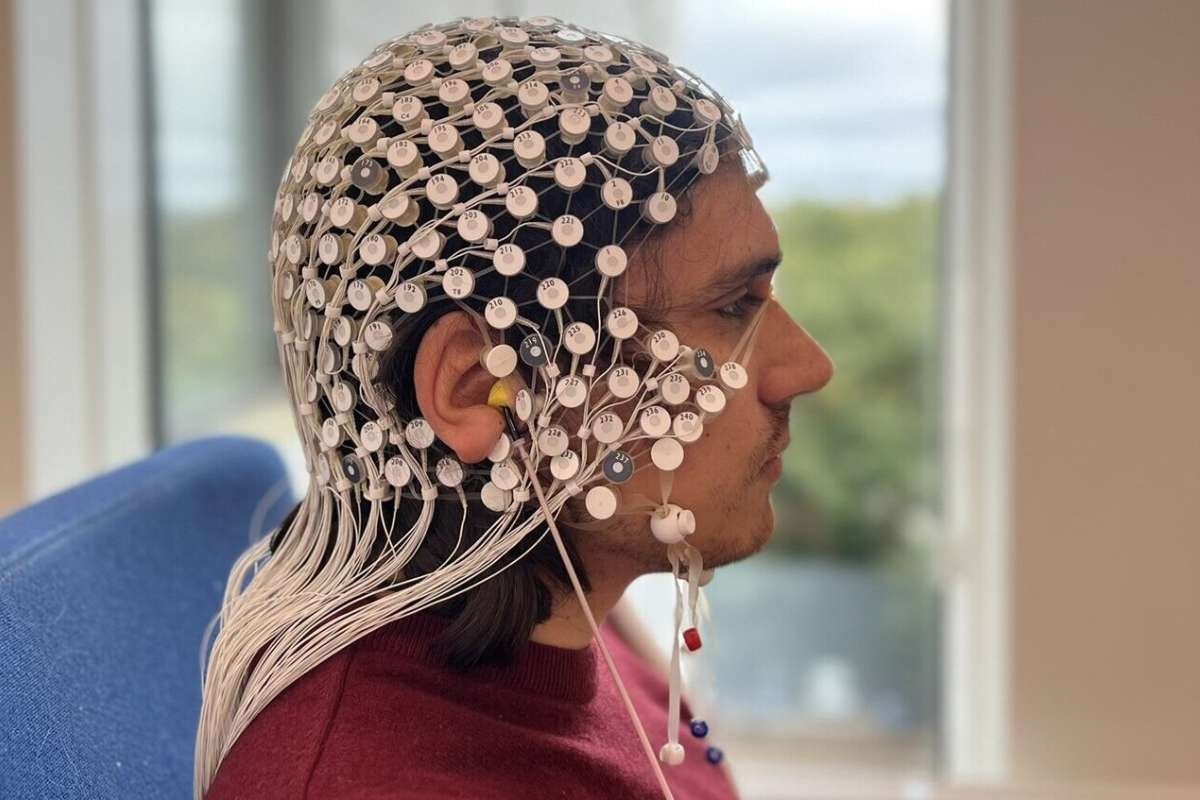In a groundbreaking study, a team of American scientists has reported the discovery of a brand-new color olo—one that has never been seen by the human eye before. The discovery, which emerged from an experimental procedure involving laser pulses directed into the eyes of participants, has introduced what researchers are calling “olo,” a color described as more saturated than any hue found in nature.
The experiment focused on stimulating specific photoreceptor cells—known as M cones—in the retina, bypassing the normal pathways the human brain uses to perceive color. As a result, the five participants involved in the trial described seeing a new green-blue tone unlike anything previously experienced.
Professor Ren Ng of the University of California, co-author of the study, offered an analogy: “Let’s say you’ve spent your entire life seeing only shades of pastel pink. Then one day, you encounter the most intense version of pink imaginable, and someone tells you it’s a completely different color—we call it red.” This, he said, captures the magnitude of the perceptual leap associated with new color Olo.
Color Beyond Description
The researchers emphasize that olo cannot be replicated or displayed using traditional means such as digital screens or printed images. Its uniqueness lies in the way it is directly constructed in the brain, not through mixing pigments or light, but through stimulating isolated retinal cells.
Austin Roorda, a vision scientist and part of the research team, explained the phenomenon: “There is no way to convey that color in an article or on a monitor. The color we see on screens is merely a diluted version of what was experienced. The actual perception of olo goes far beyond that—it is, quite literally, a new sensation.”
The discovery is considered a major leap forward in the study of human vision and perception. Researchers believe olo may help unravel new insights into how the brain interprets visual stimuli and constructs the rich tapestry of color we perceive daily. This could have broader implications for fields such as neuroscience, digital imaging, and even art.
Healthy Skepticism in the Scientific Community
Despite the enthusiasm surrounding olo, not all experts are convinced. Some vision scientists are questioning whether the discovery truly constitutes a “new” color or simply a more intense variation of existing shades.
Professor John Barbur from City St George’s, University of London, acknowledged the experiment as a remarkable technical achievement but argued the interpretation of an entirely new color olo remains “open to debate.” He stated, “It’s a more saturated green that arises under specific visual conditions—particularly when the only input comes from M cones in individuals with normal red-green color processing.”
Only the five participants of the study have experienced the color so far, making it difficult to verify or share broadly. Nevertheless, the discovery of olo continues to ignite fascination and debate within the scientific community, signaling a new chapter in our understanding of color perception and visual neuroscience.
Visit more of our news! The Lifesciences Magazine






.jpg)
